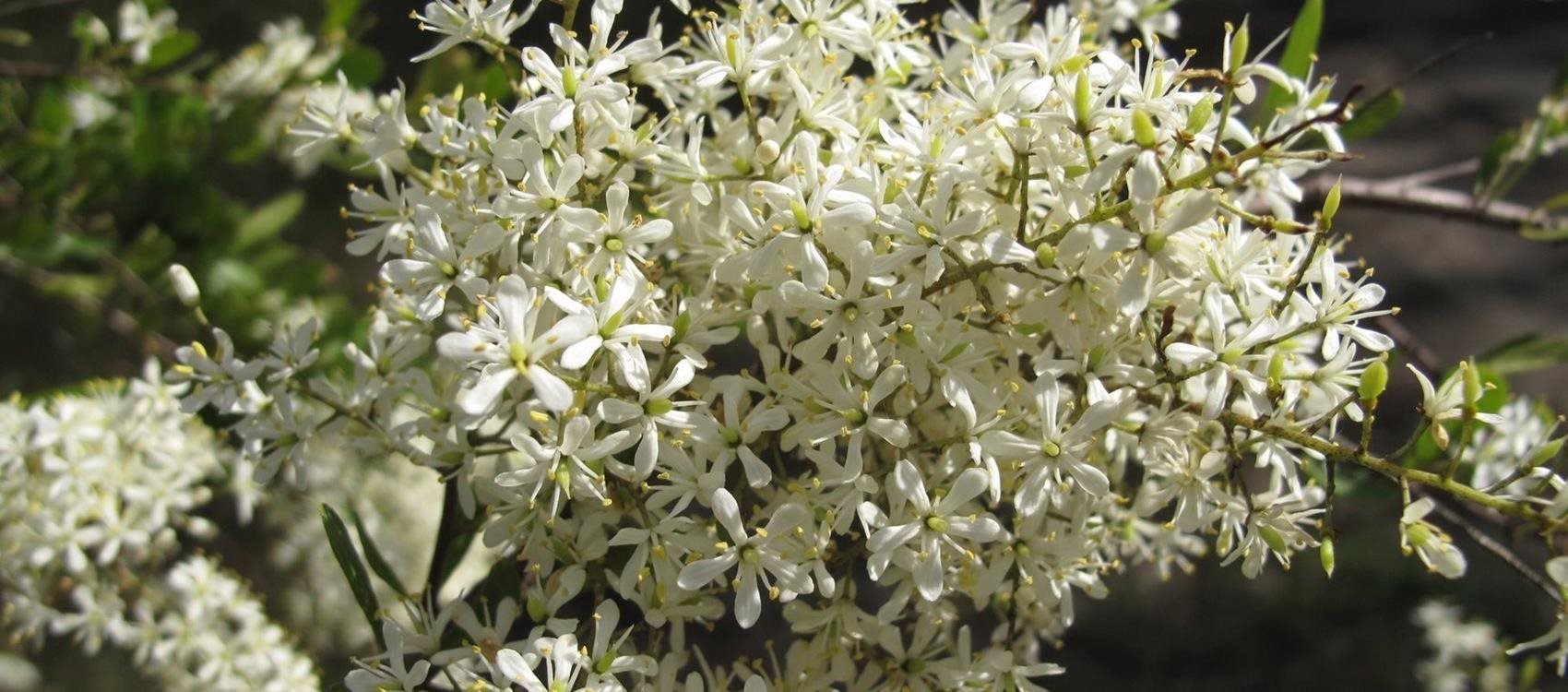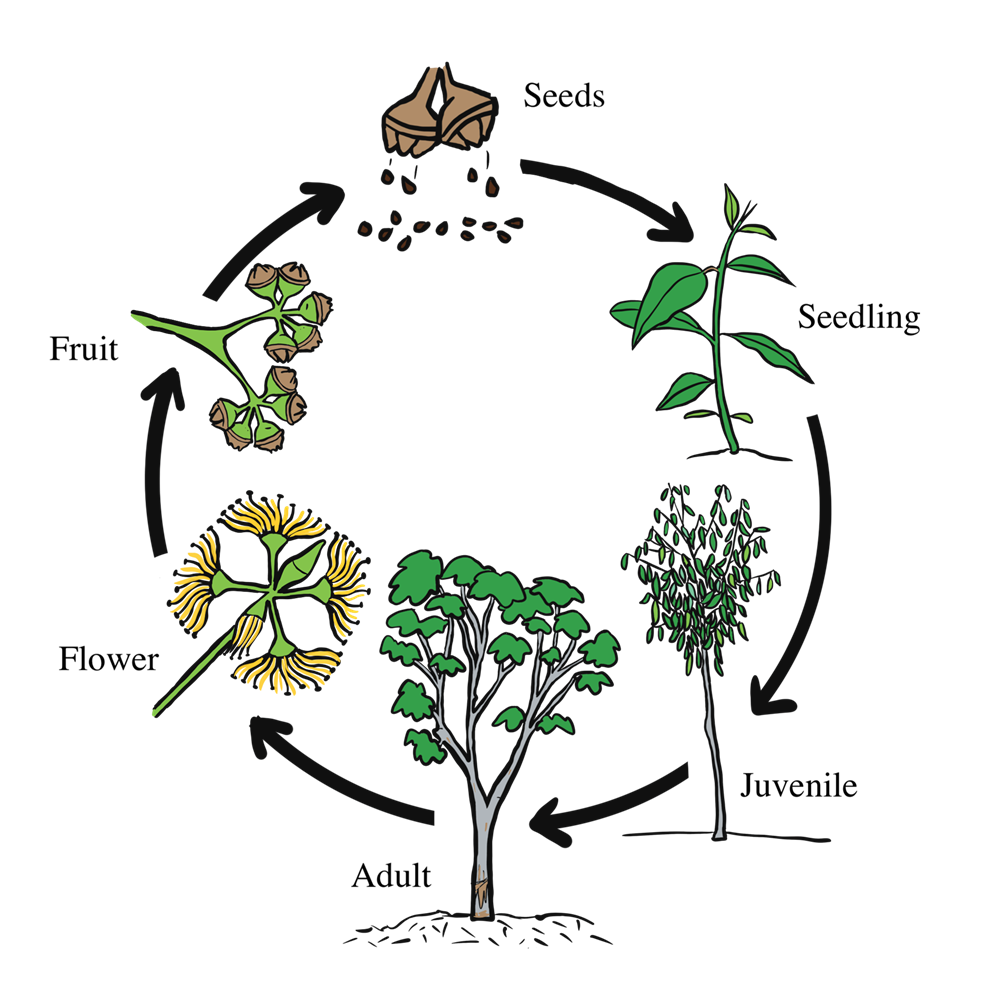Life cycle of flowering plants
Explore the six stages in the life cycle of a flowering plant, and how scientists at the Australian Botanic Garden use their understanding of this to save the woodland.

What is the lifecycle of flowering plants?
Many of the plants in the Cumberland Plain Woodland fit in the category of “flowering plants”. Like all living things, these plants have a life cycle.
There are six stages in the life cycle of a flowering plant, which you can learn more about in the video & diagram.
As you watch the video, record how many days are spent in each part of the life cycle. How many days does it take the bean to go from seed to seedling?

Lifecycle of flowering plants
Video of Bean Time-Lapse - 25 days | Soil cross section
Activities - 'Life cycle of flowering plants'
- Investigating the plant life cycle
Collect, observe and sort collected plant material from the school grounds to represent the structure and life cycle of a flowering plant through diagrams and stop motion video. Click here to access the teacher resource for this three-part investigative lesson on the plant life cycle.
- Plant your own
Plant a native species local to your school’s area (for Western Sydney Schools, this may be a Cumberland Plain Woodland species!).
- Keep a nature journal
Document the stages of plant growth: as each life stage appears, draw detailed field sketches of the plant, including labels to describe the external features. For each feature, consider the colours and size of features, and how each feature feels.
Observe evidence of species interactions with the various life cycle stages of the plants, for example, parts of chewed seeds on the ground or bees on flowers. - Seed bankers
Investigate what occurs at the Seed Bank at the Australian Botanic Garden and become a seed scientist by preparing your own seed bank. Click the links to access the teacher resource and student resource for this activity.
How can our understanding of the plant life cycle help save the Cumberland Plain Woodland?
Imagine if a large catastrophe wiped out all the remaining Cumberland Plain Woodland. How could the ecosystem be restored?
The Cumberland Plain Woodland is naturally built to survive drought and fire. Because of this, the trees tend to produce lots of seeds to make sure their species remains long after these events. However, these seeds don't travel very far away from the original plants, and germination relies on big rain events. Regrowth after disturbance therefore tends to be slow.
At the Australian Botanic Garden, scientists collect and store these seeds so they can help these species regenerate in areas where the woodland is declining or if the woodland disappears altogether. Listen to the Podcast “No Plants No Future” to learn more about this.
Video of Branch Out podcast | Episode 5: No Plants No Future